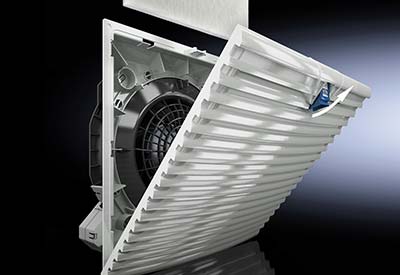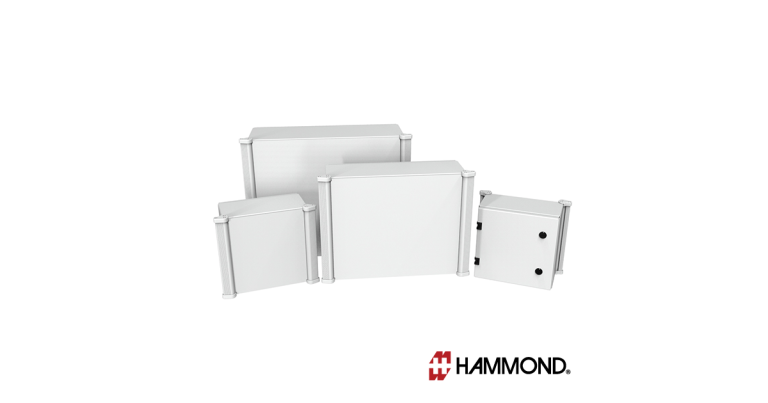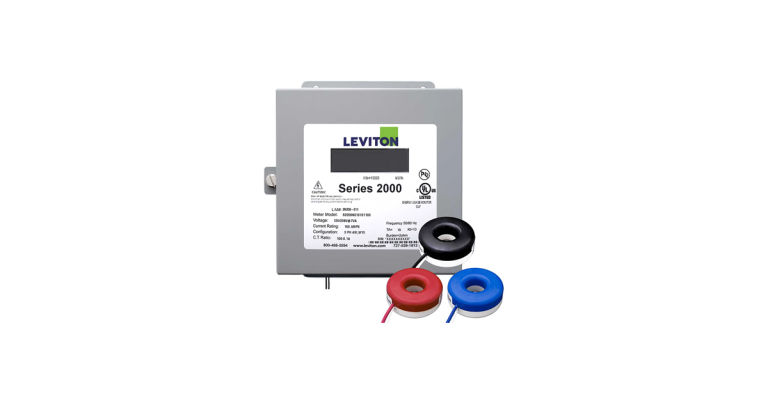Rittal EC Fan-and-Filter Units with Speed Control

Rittal fan-and-filter units with electronically commutated (EC) motors are a preferred choice for energy efficiency in enclosure climate control, as their operating ratio is significantly higher than standard AC fan-and-filter units.
Using fan-and-filter units always makes sense if the difference between the outdoor temperature and the internal enclosure temperature is large enough to dissipate the thermal output of the installed components. However, the fans mostly operate without regulation. In other words, they run constantly and always at full speed. In this situation, the savings potential offered by seasonal temperature fluctuations or temperature reductions in the building (e.g., on night shifts or through reduced waste heat in the enclosure) remains unused.
Further optimization potential exists with an advanced solution using Rittal fan-and-filter units with temperature-dependent speed control. With a new sensor for controlling the speed of the Rittal EC fan-and-filter units, inherently up to 30% more efficient than comparable AC fan-and-filter units, power consumption can be drastically reduced yet again. The sensor measures the temperature within the enclosure and controls the fan speed as needed, right up to independent shutdown at below 20°C.
Replacing AC systems without speed control by EC systems with system control saves money. Here’s an example: at a manufacturing plant with 50 fan-and-filter units (700 m³/h), run at full load for 2 shifts per day and 5 days a week, needing only 20% of the fan speed at night and weekends with reduced enclosure temperatures (20°C), EC technology and intelligent controls, can more than halve the energy costs.

Picture shows: Rittal fan and filter unit
>> Source ALL of your Canadian Electrical products in the Goldbook Directory <<










![Guide to the Canadian Electrical Code, Part 1[i] – A Road Map: Section 52 — Diagnostic imaging installations](https://electricalindustry.ca/wp-content/uploads/2022/11/Guide-CE-Code-2.png)






